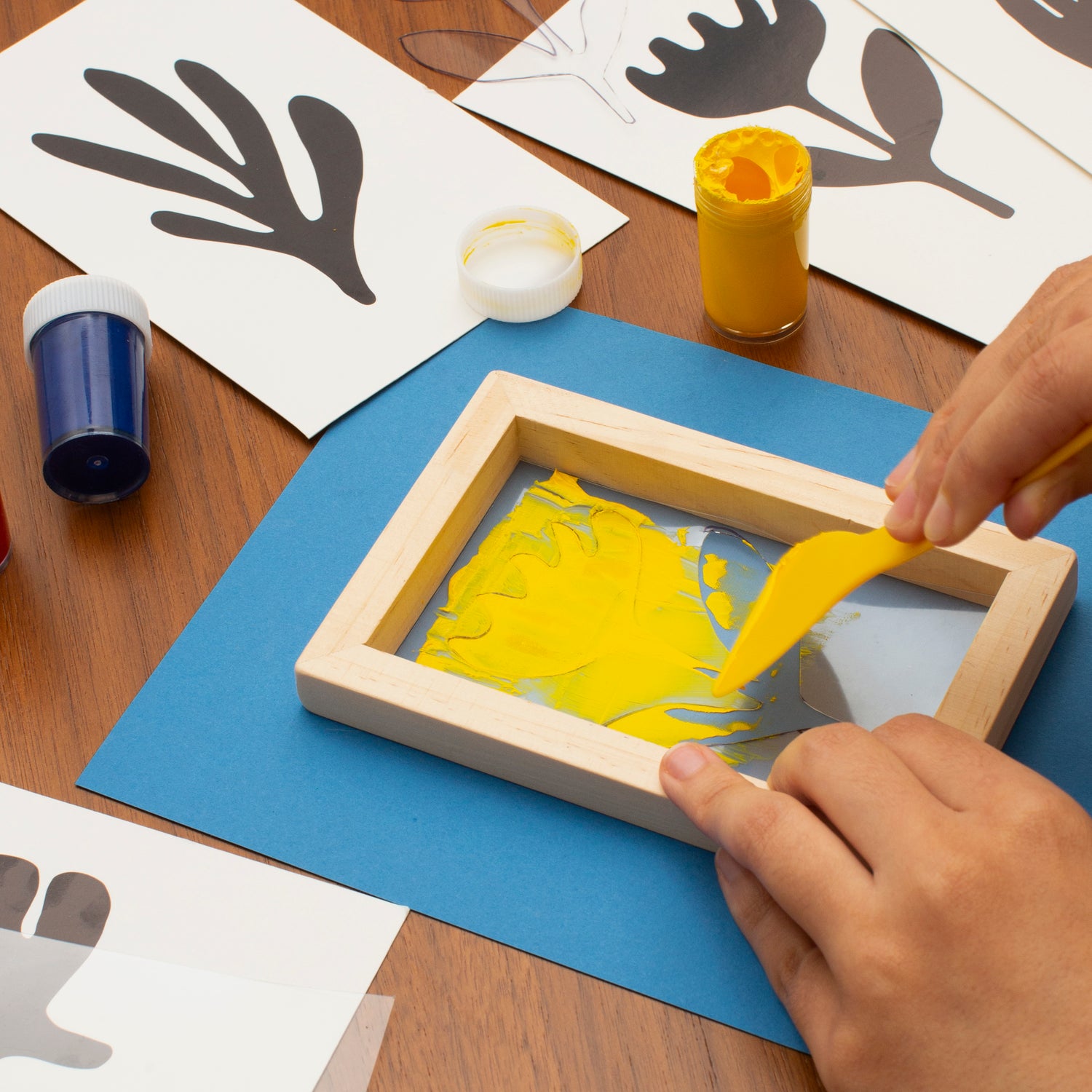The Essential Overview to Understanding Screen Printing and Its Versatile Uses
Screen printing has an abundant background that dates back to old times, progressing into an advanced method used throughout numerous industries today. This overview discovers the ins and outs of the screen printing procedure, outlining its applications in fashion, advertising, and home décor - 10:9 Design Screen Printing Texas. Understanding these fundamentals can open creative potential for both industrial and artistic tasks. The following areas will reveal crucial tips and techniques to boost one's screen printing ventures
The History of Screen Printing
Screen printing has roots that trace back centuries, its evolution reflects the technical and artistic innovations of various societies. Coming from in old China, the strategy was originally utilized for enhancing textiles and later spread to Japan, where it came to be important to Ukiyo-e woodblock printing. The technique moved to Europe in the 18th century, where it gained appeal among craftsmens and industrial printers. The innovation of photo emulsion in the 20th century changed screen printing, enabling even more complex styles and better efficiency. Musicians like Andy Warhol even more propelled its popularity, making use of the tool to produce legendary works that mixed commercialism and great art. By the late 20th century, screen printing had established itself as a versatile method, utilized in fashion, advertising, and fine art. Today, it proceeds to advance, integrating digital technology and broadening its applications throughout various industries.
The Screen Printing Refine Explained
Screen printing changes artistic visions into concrete designs through a series of specific steps. Initially, an image is developed and afterwards transferred onto a screen, commonly made from fine mesh material stretched over a structure. A light-sensitive solution is put on the screen, which is exposed to light, setting in locations not covered by the image. After rinsing the unhardened solution, a pattern is developed.
Next off, the screen is positioned over the substratum, whether it be material, paper, or an additional product. Ink is then pressed with the open areas of the stencil making use of a squeegee, depositing the layout onto the substrate listed below. This process can be repeated for numerous colors, needing separate displays for each and every hue. Ultimately, the published thing is treated utilizing heat to ensure the ink adheres appropriately, causing a resilient, dynamic design on-line.
Kinds Of Screen Printing Techniques

Additionally, specialty techniques, such as discharge screen printing, get rid of dye from the textile to produce softer prints, while aluminum foil screen printing applies metallic aluminum foil to accomplish a shiny finish (10:9 Design near me). Each technique offers unique qualities, providing to numerous imaginative requirements and production ranges, ultimately expanding the opportunities within the screen printing domain name
Applications of Screen Printing in Numerous Industries

Furthermore, the signs and advertising and marketing markets make use of screen printing for creating eye-catching display screens and banners. This technique permits vibrant shades and intricate designs that catch attention. In electronics, Find Out More screen printing is used for applying conductive inks to circuit card, crucial for part links. The home decoration market embraces screen printing to create distinct layouts on fabrics and wall art. Overall, screen printing acts as an important tool across varied areas, boosting items with individualized and visually attractive graphics.
Tips for Successful Screen Printing Projects
While embarking on a screen printing project, mindful focus to information can substantially boost the last end result. Choosing top quality products is vital; this includes the screen, inks, and substratums. Making use of suitable mesh matters can influence ink deposition and detail resolution. Prep work is equally vital; thorough cleansing of displays and appropriate direct exposure times guarantee crisp prints.
Next, exact registration is essential for multi-color prints. Using placement tools can help achieve specific layering. In addition, screening prints on scrap materials prior to manufacturing aids recognize potential concerns without throwing away sources.

Frequently Asked Questions
What Products Are Ideal for Screen Printing on Fabric?
Cotton and polyester blends are optimal for screen printing on textile as a result of their sturdiness and ink absorption. Additionally, specialized textiles like silk or canvas can produce distinct structures and finishes, boosting the overall layout top quality.
How Do I Tidy and Maintain Screen Printing Devices?
To maintain and cleanse screen printing equipment, one need to routinely wash displays with proper solvents, inspect squeegees for wear, lube relocating parts, and shop all items in a completely dry, dust-free setting to lengthen their life expectancy.
What Are the Environmental Influences of Screen Printing?
Screen printing can have significant environmental influences, consisting of chemical waste from solvents and inks, water usage during cleaning processes, and energy More Bonuses usage. Environmentally friendly materials and lasting practices are essential for minimizing these unfavorable results.
Can Screen Printing Be Done in your home Effectively?
Screen printing can be successfully done at home with the ideal materials and techniques. Hobbyists can develop top quality prints, though success depends on their skill level, equipment, and understanding of the process entailed.
What Are the Expenses Connected With Beginning a Display Printing Company?

Starting a screen printing business includes prices for devices, materials, and workspace. Preliminary expenses normally vary from a couple of hundred to several thousand bucks, relying on the scale, high quality of machinery, and wanted production capacity.
Screen printing has a rich history that dates back to old times, progressing into an innovative technique utilized throughout wikipedia reference various sectors today. One more strategy, rotating screen printing, employs round screens, promoting continuous printing on fabric rolls, consequently boosting efficiency for large-scale manufacturings. Additionally, specialized techniques, such as discharge screen printing, remove color from the fabric to produce softer prints, while aluminum foil screen printing applies metal foil to accomplish a shiny surface. In the style market, screen printing is commonly utilized to develop vivid layouts on garments, allowing brand names to display their special designs. Cotton and polyester blends are perfect for screen printing on material due to their durability and ink absorption.